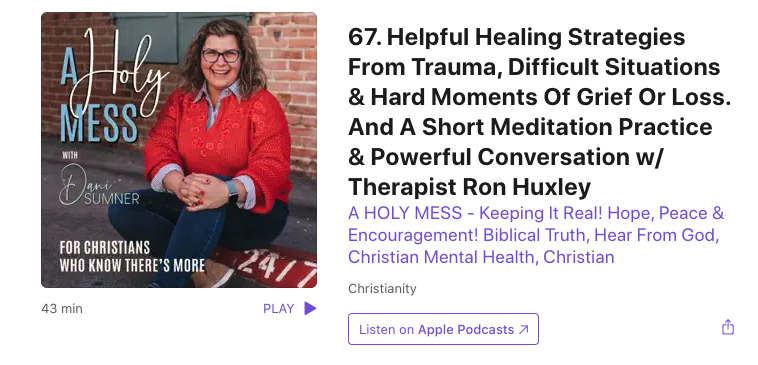Reflections and journaling are powerful tools that can help us better understand ourselves and our lives. They can provide a sense of clarity, direction, and purpose, and can even lead to personal growth and transformation.
What is reflection?
Reflection is the process of thinking deeply about something, considering different perspectives, and learning from past experiences. It involves evaluating and analyzing events, actions, and feelings, and considering their significance and impact.
Reflection can take many forms, including self-reflection, where we reflect on our own thoughts, feelings, and behaviors; and external reflection, where we reflect on the experiences and perspectives of others. Reflection can also be formal or informal, depending on the context and the purpose of the reflection.
Why is reflection important?
Reflection is an essential part of the learning process, as it helps us make sense of our experiences and understand how they relate to our goals and values. It can also help us identify patterns and trends in our behavior and thought processes, and identify areas for improvement or growth.
Reflection can also provide a sense of perspective and clarity, and help us better understand ourselves and the world around us. It can be a way to process and make sense of difficult experiences, and can even help us find meaning and purpose in our lives.
How do we reflect?
There are many different ways to reflect, and what works best for you will depend on your personal style and preferences. Some common methods of reflection include:
• Writing in a journal: This can be a great way to capture your thoughts and feelings on paper, and can be especially helpful for processing and making sense of difficult experiences.
• Talking to someone: Sharing your thoughts and feelings with a trusted friend, family member, or therapist can be a helpful way to reflect on your experiences and gain insight.
• Meditating or practicing mindfulness: These practices can help you focus your attention on the present moment and reflect on your thoughts and feelings without judgment.
• Engaging in creative activities: Creative activities like drawing, painting, or writing poetry can be a way to express and explore your thoughts and feelings in a different way.
• Doing something physical: Engaging in physical activities like exercise or yoga can be a way to reflect on your thoughts and feelings while also taking care of your physical well-being.
Why is journaling important?
Journaling is a form of reflection that involves writing down your thoughts and feelings on a regular basis. It can be a powerful tool for personal growth and development, and has a number of benefits, including:
• Providing a sense of clarity and perspective: Writing down your thoughts and feelings can help you better understand and make sense of them. It can also provide a sense of perspective and help you see things in a new light.
• Enhancing self-awareness: Journaling can help you become more self-aware by providing a space to reflect on your thoughts, feelings, and behaviors. This can help you identify patterns and trends, and better understand your strengths and areas for growth.
• Promoting emotional well-being: Journaling can be a way to process and express difficult emotions, and can even help reduce feelings of stress and anxiety.
• Setting goals and tracking progress: Journaling can be a way to set goals and track your progress towards achieving them. It can also help you reflect on what is and isn’t working, and make any necessary adjustments.
Journaling is a simple but powerful tool that can help improve your mental well-being and overall quality of life. It involves writing down your thoughts and feelings on a regular basis, and can provide a sense of clarity, perspective, and self-awareness. It can also be a way to process and express difficult emotions, set goals, and track progress.
If you’re new to journaling, or are looking for ways to make it a more meaningful and beneficial practice, here are some tips to get started:
1. Find a comfortable and private space to journal
It’s important to have a dedicated space where you can journal without distractions or interruptions. This can be a physical space, like a quiet room or cozy corner, or it can be a virtual space, like a private journaling app or document. Make sure you have everything you need, like a pen and paper or a laptop, and create a comfortable and inviting atmosphere.
2. Choose a journaling method that works for you
There are many different ways to journal, and what works best for you will depend on your personal style and preferences. Some options include:
• Pen and paper: This is a traditional and simple way to journal, and can be especially helpful for those who enjoy the physical act of writing.
• Digital journaling: There are many apps and online platforms available that allow you to journal electronically. This can be a convenient option if you’re always on the go or prefer typing to writing.
• Creative journaling: If you’re more creative and artistic, you might enjoy using your journal as a canvas for drawing, painting, or collaging.
• Prompted journaling: If you’re struggling to know what to write about, you might find it helpful to use prompts or questions to get started. There are many online resources and journals available that provide prompts for different topics and themes.
3. Set a regular journaling schedule
To get the most out of journaling, it’s important to make it a regular practice. Choose a time of day that works best for you, and try to set aside at least 15-20 minutes for journaling. You might find it helpful to journal at the same time each day, or to schedule specific times for different types of journaling (e.g., morning pages, gratitude journaling).
4. Write freely and without judgment
One of the key benefits of journaling is that it provides a safe and private space to explore your thoughts and feelings. It’s important to remember that your journal is for you, and that you don’t have to worry about grammar, spelling, or structure. Just write freely and let your thoughts and feelings flow.
5. Be honest and authentic
Journaling is an opportunity to be honest and authentic with yourself, so don’t hold back. Write about what’s really on your mind, even if it’s difficult or uncomfortable. You might be surprised at the insights and revelations that come from this process.
6. Reflect on and learn from your journaling
Journaling is a form of reflection, so it’s important to take some time to review and analyze your writing. Look for patterns and trends in your thoughts and feelings, and consider how they relate to your goals and values. Use your journaling as a way to learn about yourself and identify areas for growth and improvement.
7. Consider sharing your journal with someone you trust
Sharing your journal with a trusted friend, family member, or therapist can be a powerful way to gain additional insights and support. It’s important to choose someone who is supportive and non-judgmental, and to only share what you feel comfortable sharing.


